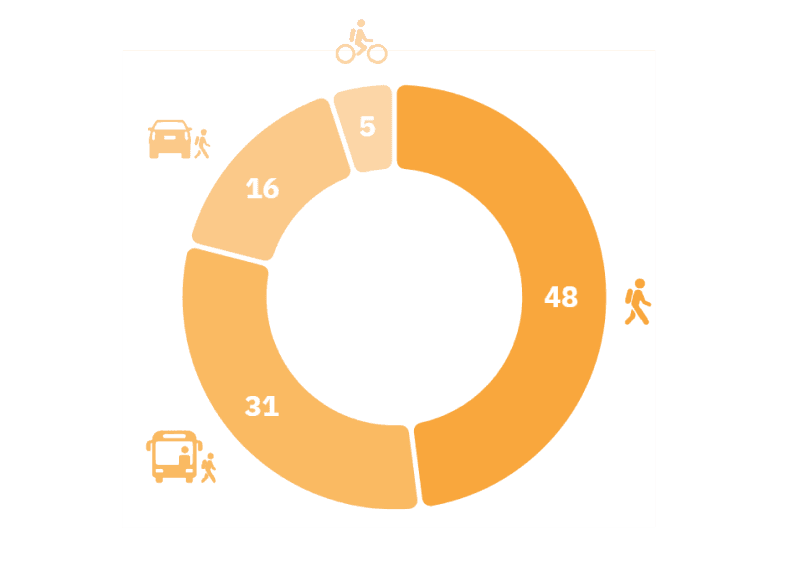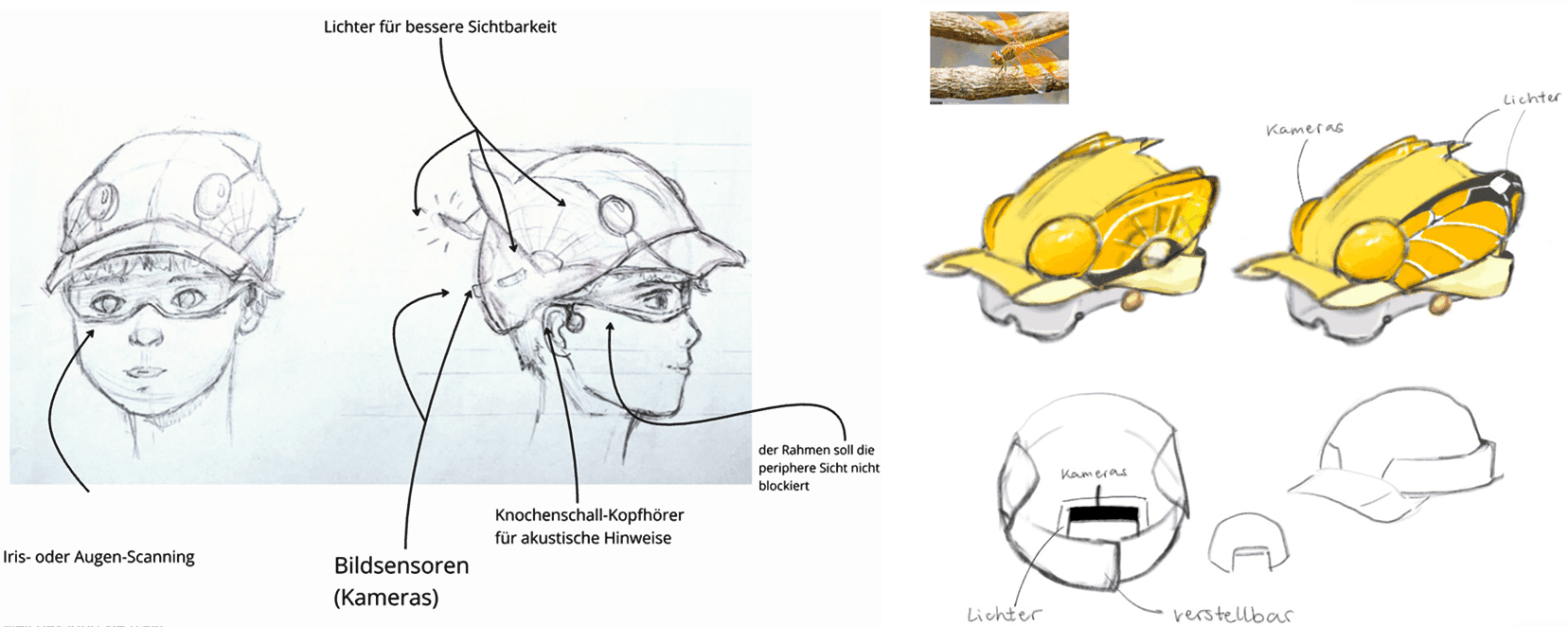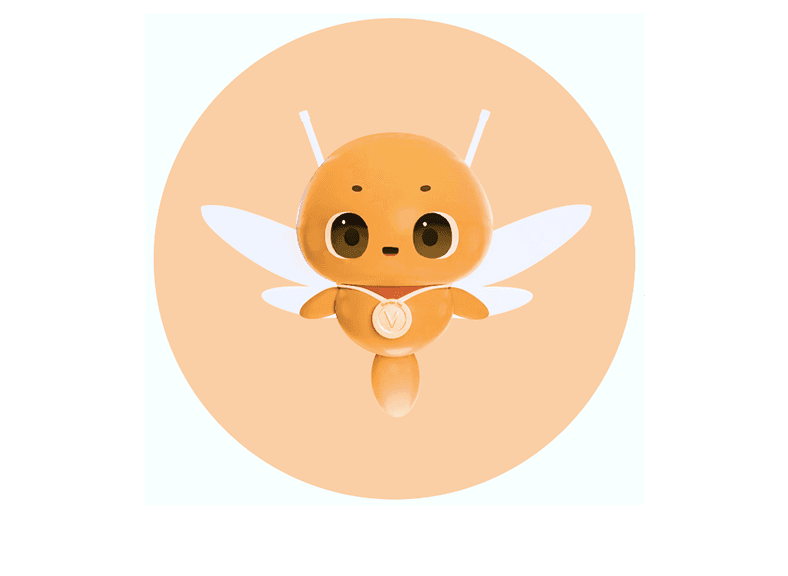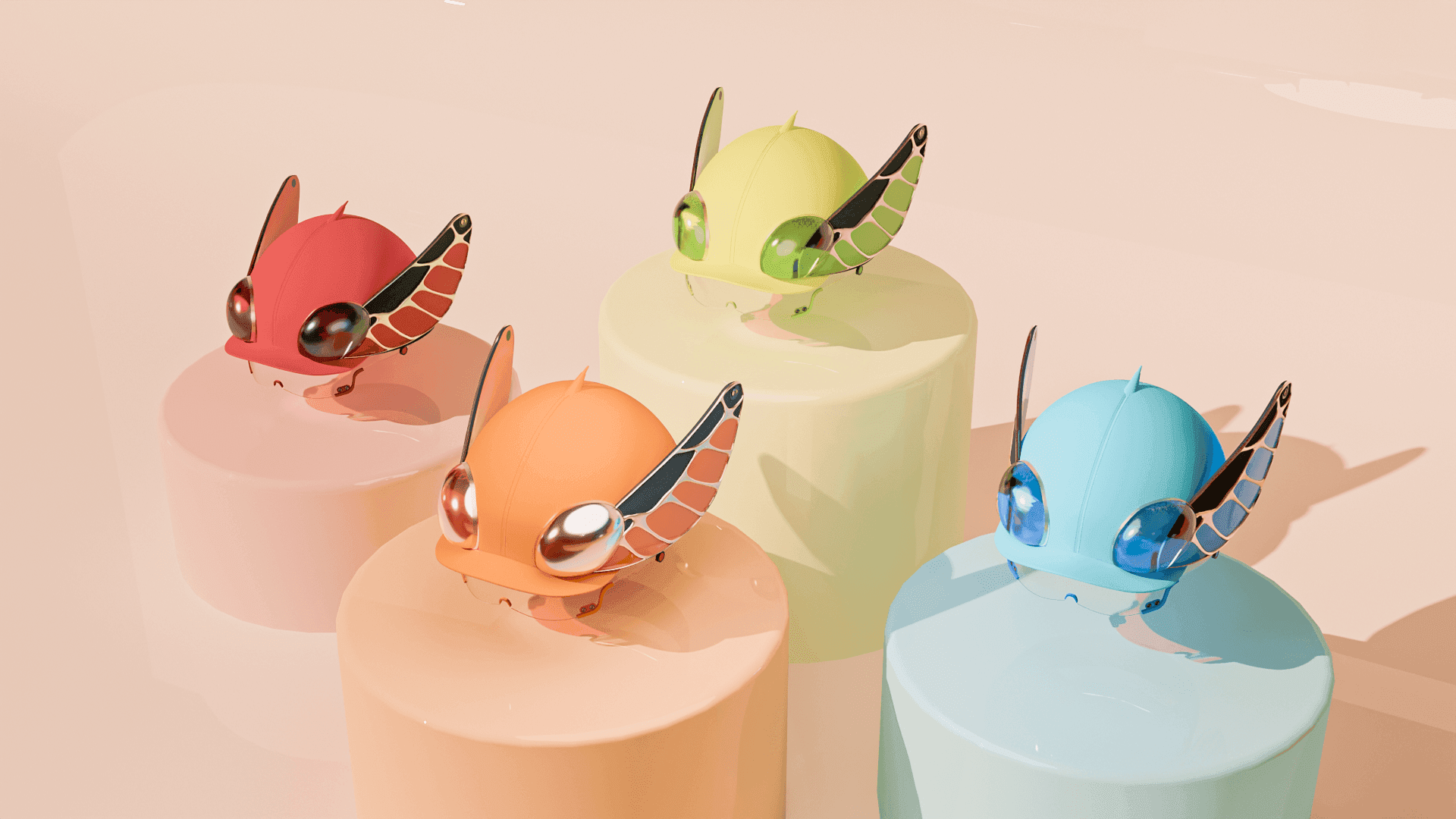
vigo
A Conceptual AR System for Children's Traffic Safety
Overview
The goal of this project was to design a system that enhances children's safety while walking to school. By using Augmented Reality (AR), we aimed to simplify traffic rules, identify potential dangers early, and provide support without distraction. This interactive system helps children navigate their school journey confidently and independently while staying aware of their surroundings and following traffic rules.
Research
Understanding the Issue
Before developing the system, we analyzed the traffic challenges children face. Most accidents occur between 7 and 8 in the morning, when they head to school. Many walk, and due to limited risk awareness, make impulsive decisions — stepping onto roads suddenly, crossing without looking, or exiting buses carelessly, making them hard for drivers to spot.

Sketching & Ideation
Brainstorming
After exploring different options, we decided on a hat with built-in AR glasses. This combination allows important traffic information to be displayed directly in the child's view, keeping their hands free, while also enhancing visibility for greater safety. To make the device both functional and appealing, we drew inspiration from animals, as children associate them with adventure, courage, and curiosity, encouraging them to proudly wear and actively use the device.

Gadget Design
We chose the dragonfly as the central theme for its symbolism of protection, precision, and transformation. It represents safety, alertness, and the transition from uncertainty to independence, all within a gender-neutral design.

Concept
System Overview
Children are provided with the device by the school, which comes with a home charging station for easy recharging. Parents can monitor their child's journey in real-time, receiving updates and ensuring their child’s safety. Charging stations are also available at school to ensure the device is always ready for use, keeping the child prepared for each trip.

Design Process
Visualizing the Journey
To highlight how the system addresses common traffic challenges, we chose to tell the story from a child’s perspective. We developed early sketches illustrating possible interactions and safety cues from the child’s point of view.

Style Guide
For the vigo project, we selected a vibrant and playful color palette to appeal to children while maintaining clarity and functionality. The colors were chosen to ensure visibility and accessibility in various lighting conditions.
Warning
#F83636Safety
#88EF62Information
#007FFFFor the typography, we chose "Poppins" for its modern, clean, and highly legible design. Its rounded edges and geometric structure make it approachable for children while maintaining a professional and functional aesthetic. Different font weights were used to establish a clear visual hierarchy.

End Product
Vee
We created Vee, a dragonfly, to act as a calm and friendly guide. She supports children like a trusted companion, helping them stay safe without overwhelming them. Vee speaks gently and appears only when needed — at the start of the route or in uncertain moments — staying mostly in the background to avoid distraction.

The Device
The device adapts to each child using AI, offering help only when needed. Integrated into a comfortable cap, the AR glasses recognize the child and load their route data. Bone-conduction headphones provide audio cues without blocking ambient sound, while LEDs and sensors ensure visibility and detect nearby dangers.
Functions
The system learns from usage, identifying areas where the child often makes mistakes. At first, it provides frequent guidance, but over time, the support is adjusted to focus on the child's specific needs, offering help only when and where it’s most necessary.
1
Path Marking
By hesitation footprints appear, showing the safest path. Nearby steps are clear, distant ones fade in to minimize distractions.
2
Red Light
3
Safety Distance

Reflection
This project gave me valuable insights into combining technology and traffic safety. It inspired me to develop creative and practical solutions to help children navigate traffic safely and independently. Exploring Augmented Reality and AI showed me how important it is to align innovative approaches with real-world needs.






